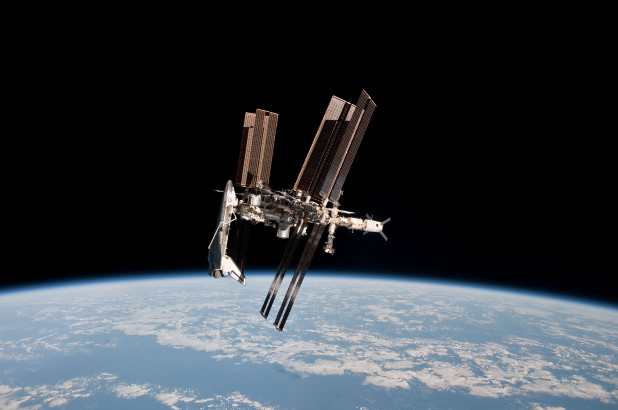NASA Approves To Investigate The Fungus In Space Station
Reportedly, the ISS (International Space Station) is facing issues with mold and fungus and the space station with the CU Boulder (University of Colorado Boulder) is sending new study into space to discover new clarifications. It is growing and living onboard the station, concealed behind panels and within pipes and conduit. The mold and fungus can live on any surface and will gradually intake whatever it touches such as metal, plastic, or glass. It does not differentiate and is a big problem. BioServe Space Technologies at the CU Boulder is exploring potential fixes.
The center has been granted a $750,000 funding by NASA to increase the understanding of organisms and analyze methods to halt them. In the last week, Northrop Grumman launched a cargo resupply operation to ISS with BioServe’s experiments aboard. Rylee Schauer—Master’s Student of aerospace engineering sciences and working on the project—said, “They have discovered cultures of the microbes on the shuttle, space station Mir, and ISS. Every long-term operation has seen the development of microbes.” The microbes are a kind of bacteria or fungus known as a biofilm. They characterize a danger in space since they eat throughout the surfaces they develop, a process known as biodegradation. The formation of biofilm also amplifies the perils of human illness.
Recently, NASA was in the news as its study showed that human activities are drying out the Amazon. A new study revealed that in the past 20 years, the atmosphere on top of the Amazon rainforest has been shriveling, surging the need for water and leaving ecosystems prone to drought and fires. It also showed that this augment in dryness is mainly the result of human activities. Researchers at NASA’s JPL (Jet Propulsion Laboratory), California, examined decades of satellite and ground data in the Amazon rainforest and discovered that in the past two decades, there has been a great amount of increase in aridity in the atmosphere plus in the atmospheric demand for water in the rainforest.”
